By: Piyumi Wattuhewa
Being sensitive to gender issues in environmental projects is essential in order to prevent potential commitments to widen the already existing gender disparities.
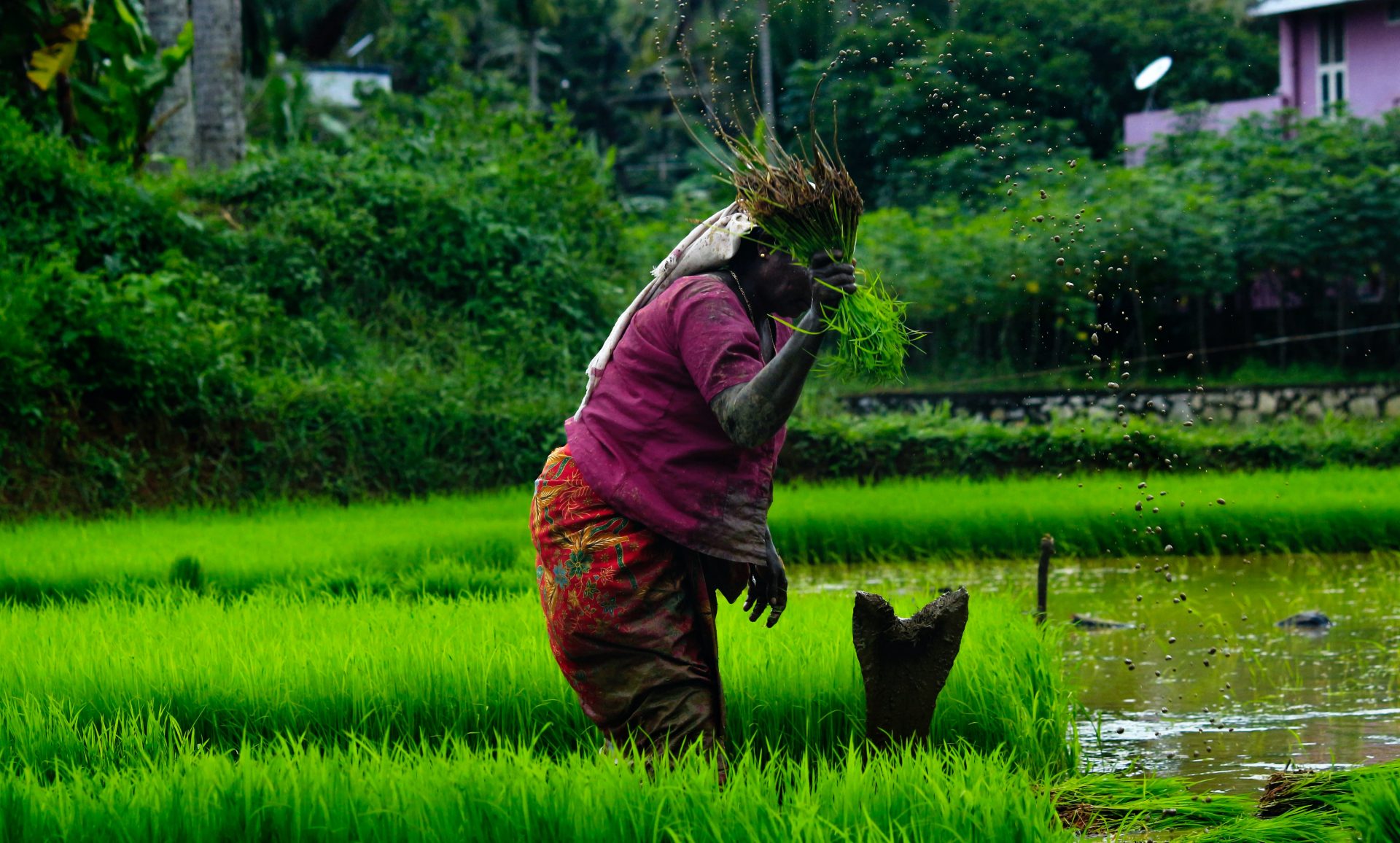
Environmental conservation and the relevance therein to development is a gendered issue as much as it is an environmental issue. Even though it is rarely discussed as such in the Sri Lankan contexts, there are numerous notable intricacies and correlations between the status of women in different countries and the countries’ measures, means, actions and activities (or lack thereof) with regard to sustainable development and environmental protection.
Understanding ‘Intersectionality’
To comprehend how development and environment become gendered, it is necessary that one understands the intersectionality that underpins the issues arising with regard to these entities. ‘Intersectionality’ is defined in the Oxford Dictionary as ‘the interconnected nature of social categorizations such as race, class, and gender, regarded as creating overlapping and interdependent systems of discrimination or disadvantage’. This concept when interpreted under the light of development and environment as a gendered issue brings forward not only how women are more likely to be victimized due to environment-related issues but also tend to showcase how women can be mobilized as an invaluable resource in promoting and supporting sustainable development.
Women as Victims
The victimization of women in environment-related issues and environmental degradation is disproportionate to that which would be shared by their male counterparts. UN Secretary-General Antonio Guterres’s statement posited to highlight this in 2014:
‘The global threat of climate change and environmental degradation is poised to exacerbate the already increasing number of complex emergencies, which disproportionately affect women and girls.’
Women tend to be more vulnerable to suffer because of climate related disasters and this can be exacerbated in the global South due to poverty. Loss of essentials such as water, food and so forth due to the aftermath of natural disasters brought forth by climate change paired with limited mobility and inaccessibility to resources tend to tie women down to their household livelihoods even more firmly than usual. This will lead to discouragement in pursuit of education and professional training. Alternatively, loss of tools and means of income due to disasters which perpetuate poverty can put women at risk even further. Climate change becomes a stressor on women as it heightens women’s vulnerability to domestic violence as well. Women who lose their male breadwinners because of natural disasters are prone to experience serious trauma and could even become vulnerable to trafficking.
In addition to climate change and related disasters, environmental pollution too proves to be a driver of gender inequality as it directly affects the health and safety of women. Women who are more often than not employed as cleaners, cooks and carers are more prone than men to contract contaminated water-borne diseases such as diarrhoea, cholera, dysentery and typhoid. Contamination of food by micro-plastics and chemicals has been found to be linked to adverse effects on women’s reproductive health.
Shoddy planning of development projects can also prove to widen gender inequality. Lack of sensitivity to the specific and different needs and priorities of men and women during the course of planning and implementing development projects can pose a barrier to achieving environment and development objectives. Being sensitive to gender issues in environmental projects is essential in order to prevent potential commitments to widen the already existing gender disparities.
Women as Agents of Change
The rise of the eco-feminist movement in the recent past has proven to be one of the strongest ways in which women attempt to claim their voices in the environmental decision-making space from which they have long been excluded. ‘Ecofeminism’ has been defined as ‘a movement that makes connections between environmentalisms and feminisms: more precisely, it articulates the theory that the ideologies that authorize injustices based on gender, race and class are related to the ideologies that sanction the exploitation and degradation of the environment’. The movement is manifold on ideological bases, but boils down to three main concepts : women’s relationships with nature; the parallels evident between the domination of women and the domination of nature; and the role of women in solving ecological problems. Ecofeminism has been a strong driver of change all around the world, especially in the United States of America, where intersectionalities of environmental degradation and its effects on African-American women and indigenous women are being brought to the forefront.
There is also strong evidence to suggest that countries in which more women are in law and policy-making positions are more likely to set aside protected land areas and ratify international environmental treaties. Women leaders all around the world are taking steps to promote and support sustainability. In countries such as India and Nepal, studies have even shown that increased participation of women has led to better forest conservation.
Gender as a Consideration in the EIA Process
The International Association for Impact Assessment (IAIA) defines Environmental Impact Assessments (EIA)s as a ‘formal and systematic process that includes identifying, predicting, evaluating, and mitigating the biophysical, social, and other relevant effects of development proposals prior to major decisions being taken and commitments made’. From this definition it is starkly evident that the ‘E’ in EIA is not limited to what we would traditionally consider ‘nature’ or ‘flora and fauna’, and rather goes a step further in its analysis. It is therefore necessary that EIAs in their compilation become sensitive to the effects that a proposed project might have on intersectionality on the bases of not only gender but race, class, caste and other social considerations. Having regard to these considerations during the scoping stage of EIA can lead to the planning of better projects and ameliorate the conditions of the men and women affected across the board.
In Sri Lanka, it is mandated by the National Environmental Act, No. 47 of 1980 as amended (NEA) that all EIAs are made available for public comments. Women have the ability to use this as an opportunity to voice out their specific concerns and issues regarding the proposed project. Women through their traditionally given roles as carers can be more attune to the environment they inhabit. The ability to make comments thus provides a platform for such women who are the very backbone of their communities to vocalize their perspective on how the proposed project could be made better to suit the collective needs of the communities in which they live.
Yet there remains a lot to be done in terms of enhancing women’s participation in EIAs and environmental decision making in general. From lack of awareness and education regarding these issues to the patriarchal societal norms that keep women from actively engaging in the policies and decisions that affect them, conditions that greatly discourage women from contributing to achieving environmental justice exist. The circumvention of these barriers requires prompt attention. It requires the enhancement of knowledge within communities regarding not only about the environmental issues and impacts but also their capacity, right and responsibility as citizens to take part in the decisions that affect them. It also requires the creation of equitable platforms and means through which citizens would be able to exercise this right.
In addition to climate change and related disasters, environmental pollution too proves to be a driver of gender inequality as it directly affects the health and safety of women. Women, who are more often than not employed as cleaners, cooks and carers, are more prone than men to contract contaminated water-born diseases such as diarrhoea, cholera, dysentery and typhoid. Contamination of food by micro-plastics and chemicals has been found to be linked to adverse effects on women’s reproductive health.
Shoddy planning of development projects can also prove to widen gender inequality. Lack of sensitivity to the specific and different needs and priorities of men and women during the course of planning and implementing development projects can pose a barrier to achieving environment and development objectives. Being sensitive to gender issues in environmental projects is essential in order to prevent potential commitments to widen already existing gender disparities.
Women as agents of change
The rise of the eco-feminist movement in the recent past has proven to be one of the strongest ways in which women attempt to claim their voices in the environmental decision making space from which they have long been excluded. ‘Ecofeminism’ has been defined as ‘a movement that makes connections between environmentalisms and feminisms: more precisely, it articulates the theory that the ideologies that authorize injustices based on gender, race and class are related to the ideologies that sanction the exploitation and degradation of the environment’. The movement is manifold on ideological bases, but boils down to three main concepts : women’s relationships with nature; the connections between the domination of women and the domination of nature; and the role of women in solving ecological problems. Ecofeminism has been a strong driver of change all around the world, especially in the USA, where the intersectionalities of environmental degradation and its effects on African-American women and indigenous women are being brought to the forefront.
There is also strong evidence to suggest that countries in which more women are in law and policy-making positions are more likely to set aside protected land areas and ratify international environmental treaties. Women leaders all around the world are taking steps to promote and support sustainability. In countries such as India and Nepal, studies have even shown that increased participation of women have led to better forest conservation.
Gender as a consideration in the EIA process
The International Association for Impact Assessment (IAIA) defines Environment Impact Assessments (EIA)s as a “formal and systematic process that includes identifying, predicting, evaluating, and mitigating the biophysical, social, and other relevant effects of development proposals prior to major decisions being taken and commitments made”. From this definition it is starkly evident that the “E” in EIA is not limited to what we would traditionally consider “nature” or “flora and fauna”, and rather goes a step further in its analysis. It is therefore necessary that EIAs , in their compilation, be as sensitive to the effects that a proposed project might have on intersectionality on the bases of not only gender, but, race, class, caste and other social considerations. Having regard to these considerations during the scoping stage of EIA can lead to the planning of better projects and ameliorate the conditions of the men and women affected across the board
In Sri Lanka, it is mandated by the National Environmental Act No. 47 of 1980 (NEA) that all EIAs are made available for public comments. Women have the ability to use this as an opportunity to voice out their specific concerns and issues regarding the proposed project. Women, through their traditionally given roles as carers, can be more attune to the environment they inhabit. The ability to make comments thus provides a platform for such women who are the very backbone of their communities to vocalize their perspective on how they see the proposed project could be made better to suit the collective needs of the communities in which they live.
Yet there remains a lot to be done in terms of enhancing women’s participation in EIAs and environmental decision making in general. From lack of awareness and education regarding these issues to the patriarchal societal norms that keep women from actively engaging in the policies and decisions that affect them, conditions exist that greatly discourage women from contributing to achieving environmental justice. The circumvention of these barriers requires prompt attention and requires the enhancement of knowledge within communities regarding not only about the environmental issues and impacts but also their capacity, right and responsibility as citizens to take part in the decisions that affect them. It also requires the creation of equitable platforms and means through which citizens would be able to exercise this right.
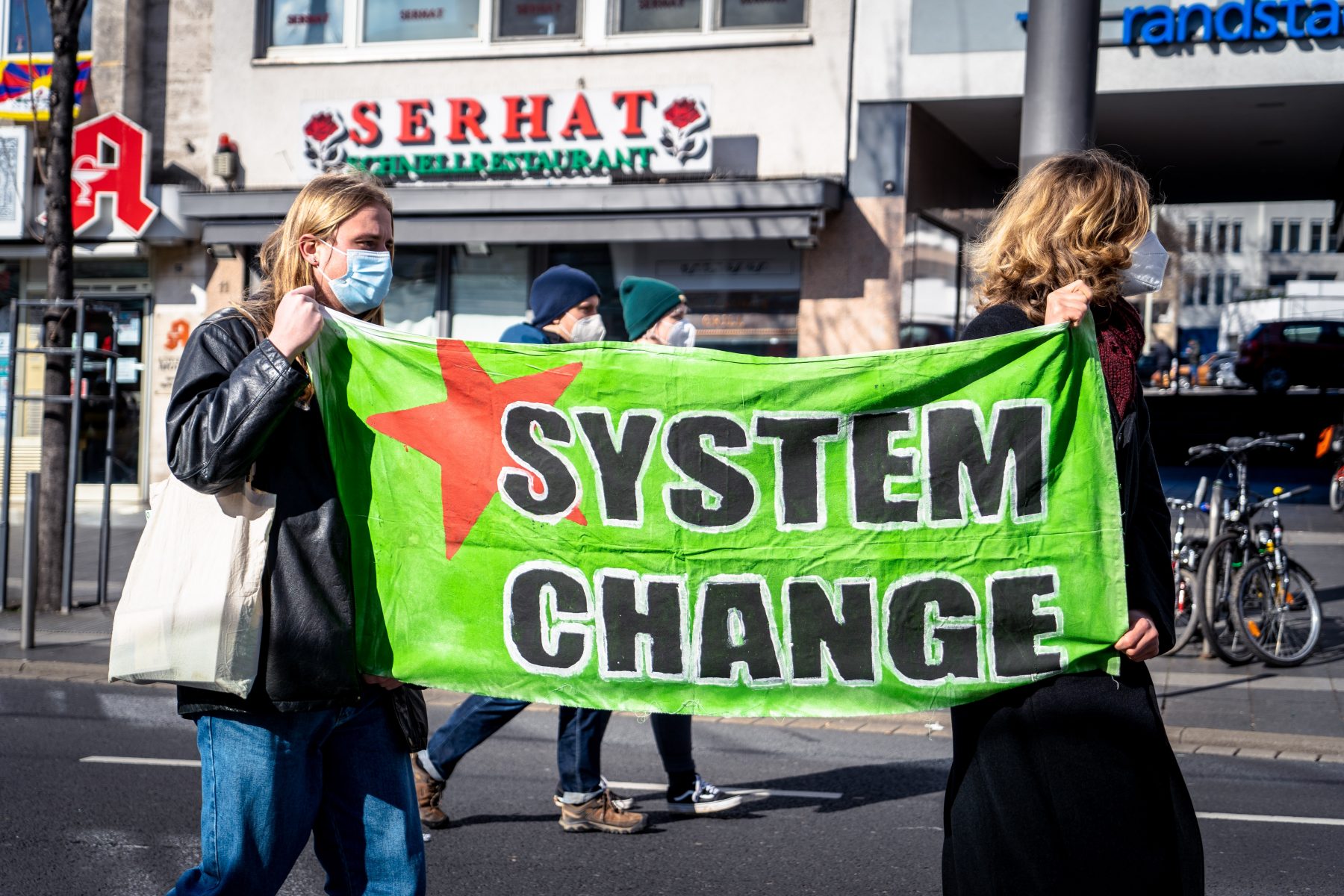
List of References
- Agarwal, Bina.- Gender and Forest Conservation: The Impact of Women’s Participation in Community Forest Governance, Ecological Economics
- Ecofeminism (https://en.wikipedia.org/wiki/Ecofeminism#Environmental_movements)
- Fischer, Alyssa.- 4 Women Leaders Making it Happen for Sustainable Cities
- IUCN and Environmental & Gender Index: Women’s Participation in Global Environmental Decision Making (https://portals.iucn.org/union/sites/union/files/doc/egi_factsheet_desicion_making_web_sept2015.pdf)
- Kilian, Simon Goudie and Darryll- Gender and Environmental Impact Assessment Agenda: Empowering Women for Gender Equity
- Momsen, Janet. Ed. – Gender and Development: Routledge Perspectives on Development
- Osman-Elasha, Balgis -Women in the Shadow of Climate Change (https://www.un.org/en/chronicle/article/womenin-shadow-climate-change)
- Roy, Katica. -Gender equity and climate change have more in common than you think (https://www.weforum.org/agenda/2020/07/gender-equality-and-climate-change-have-more-in-common-than-you-think)
- Stockholm Environment Institute- 5 Ways Reducing Pollution can Improve Equality for Women (https://www.sei.org/featured/5-ways-reducing-pollution-can-improve-equality-for-women/)
- Sustainable Development Knowledge Network – WOMEN & EIA PROCESSES: A case study on gender aspects of EIAs (https://cgspace.cgiar.org/rest/bitstreams/154508/retrieve)
- United Nations Development Programme – Human Development Report (2011)
- UN Women and United Nations Environment Programme – GENDER, CLIMATE & SECURITY: Sustaining inclusive peace on the frontlines (https://wedocs.unep.org/bitstream/handle/20.500.11822/32638/GCS.pdf?sequence=1&isAllowed=y)
- Williams, Natalie Elwell and Yasmine – If You Care About the Environment, You Should Care About Gender (https://www.wri.org/insights/if-you-care-about-environment-you-should-care-about-gender)
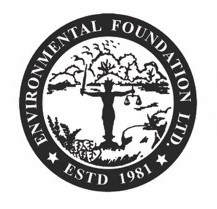
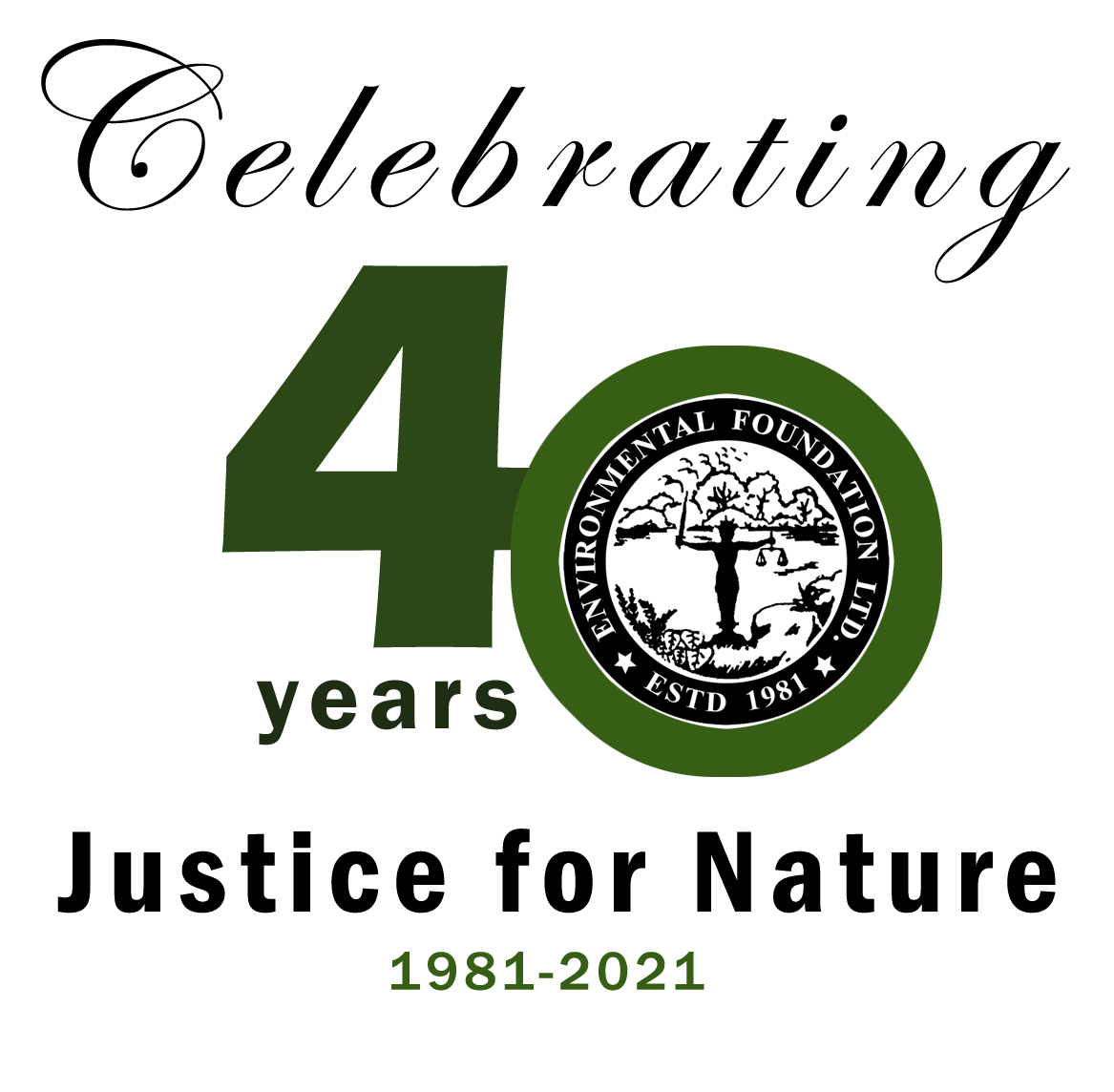
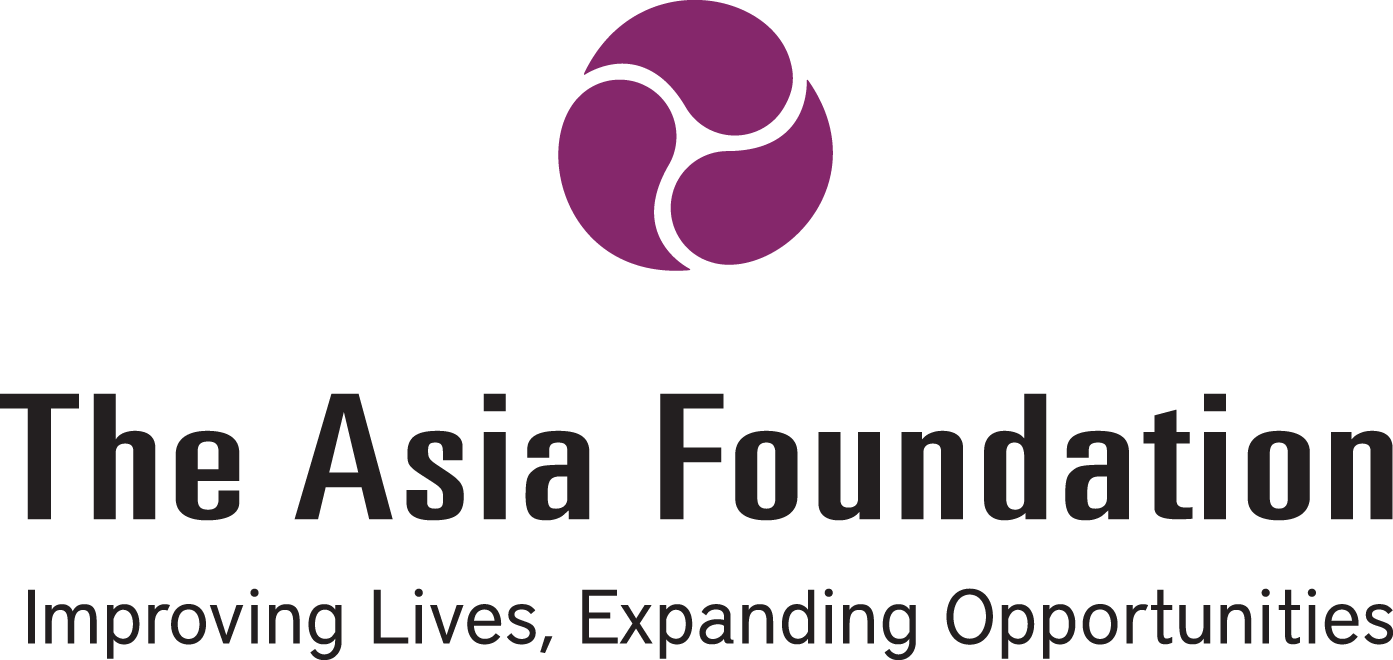



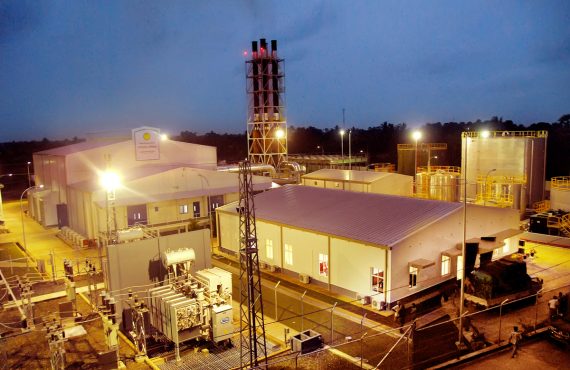

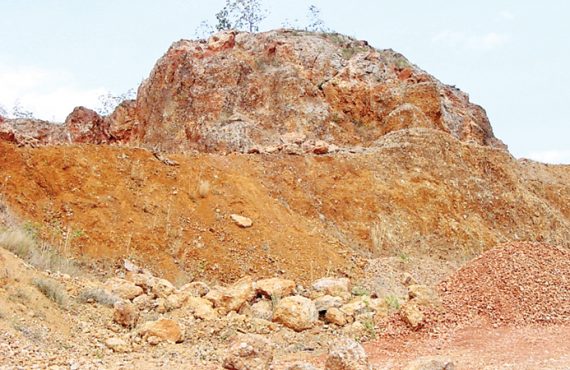
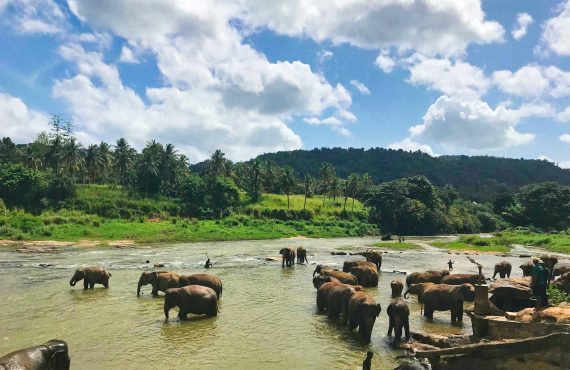



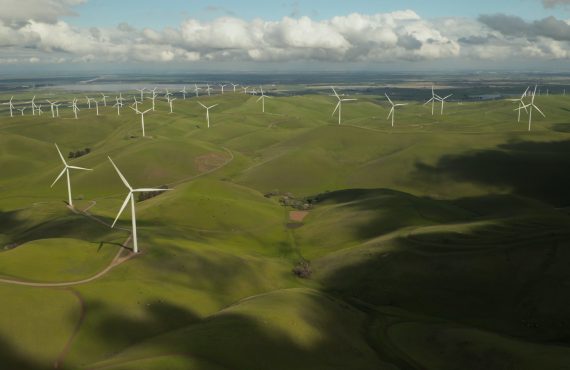






No comments yet.